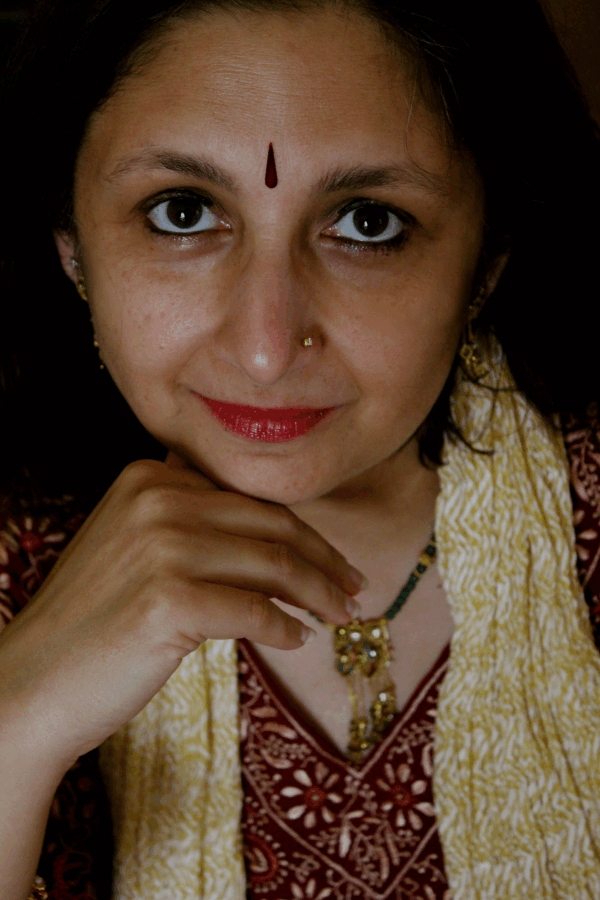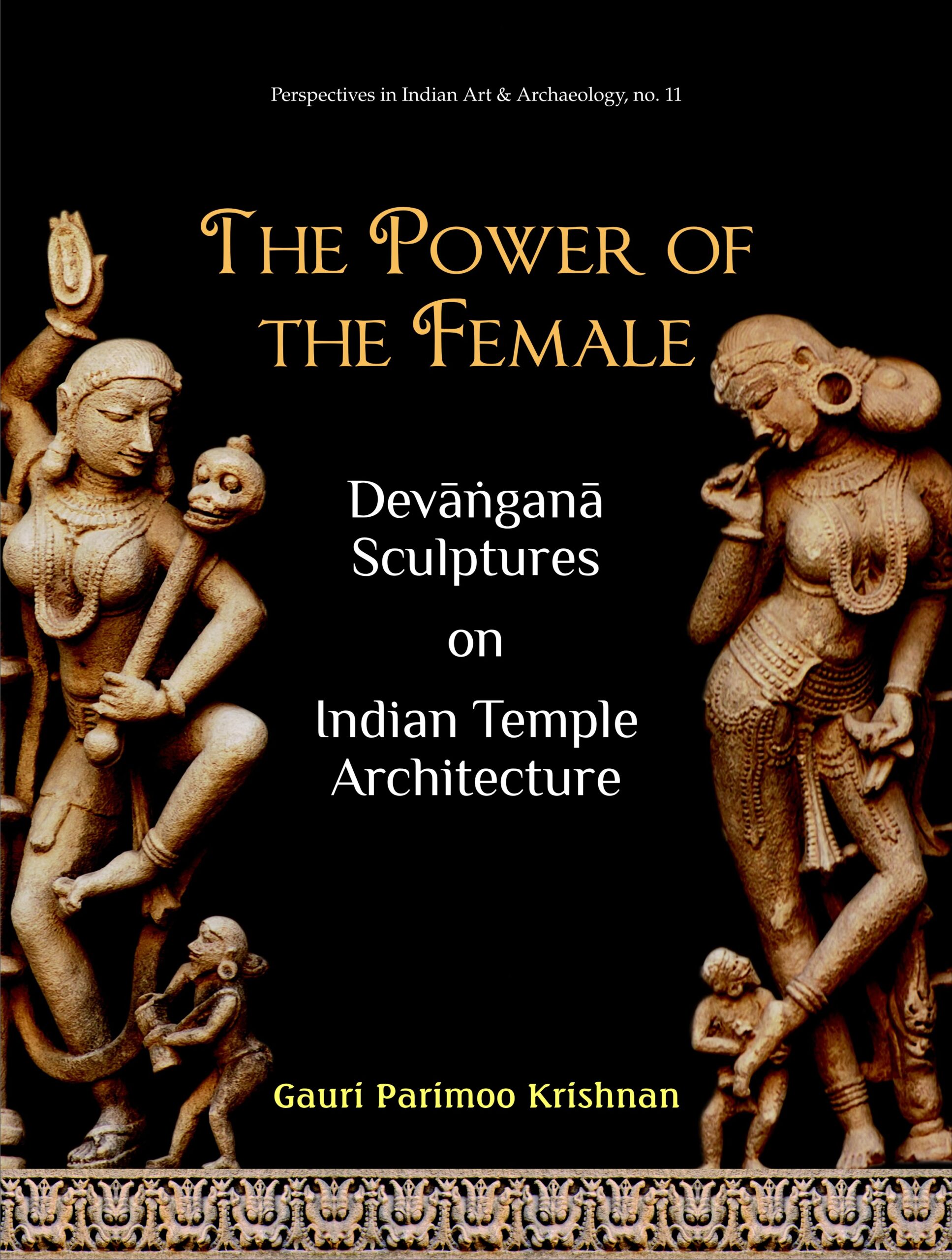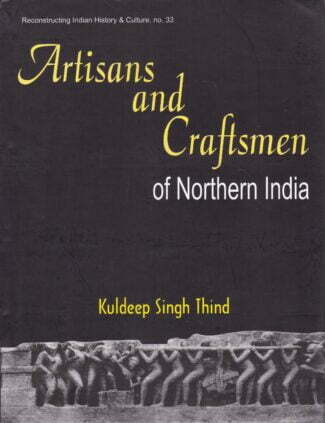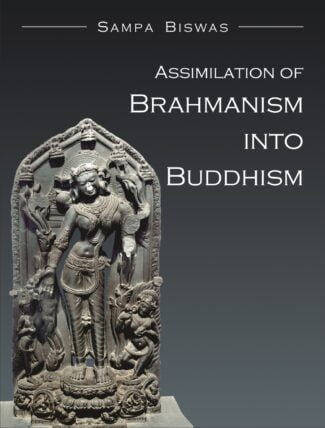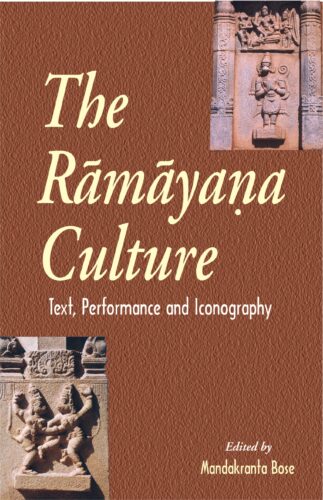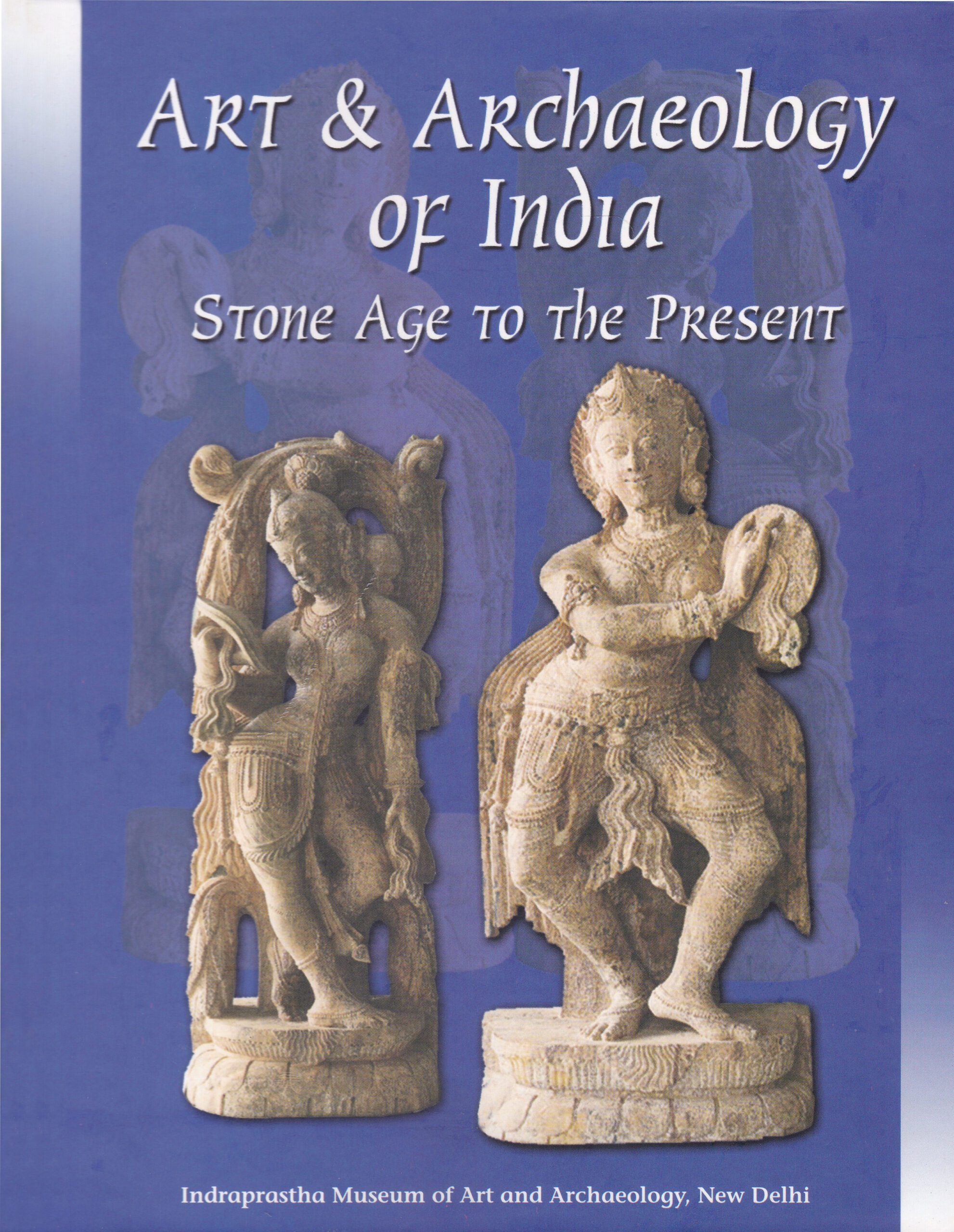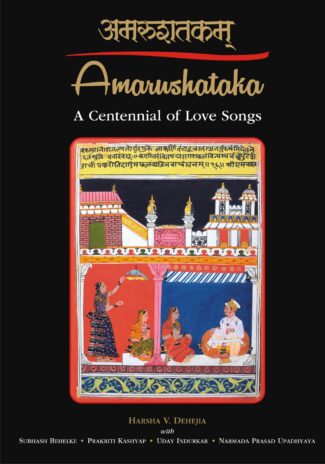-
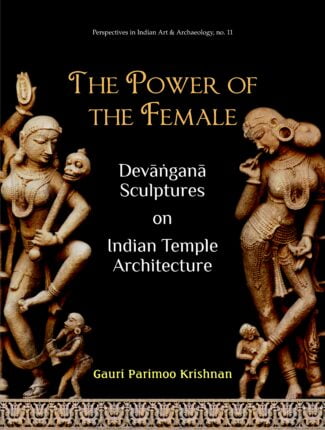

Power of the Female...
Power of the Female
Devangana Sculptures on Hindu Temple Architecture by: Gauri Parimoo KrishnanSculptures of numerous engaging devanganas the surasundari, apsaras and alasakanya figures decorate walls, ceilings and doorways of classical structures in India. The book offers dynamic meanings of these figures in religious and cultural consciousness of India and how they symbolize and illustrate the power of the female in Indian traditions.
₹4,320.00
ISBN: 9788124606872
Year Of Publication: 2014
Edition: 1st
Pages : xxvi, 474 p
Bibliographic Details : 267 b/w photographs; Appendix; Bibliography; Glossary
Language : English
Binding : Hardcover
Publisher: D.K. Printworld Pvt. Ltd.
Size: 29
Weight: 2500
This book is an offering to New Art History taking the study of Indian classical sculptural art and traditional Indian iconography to newer heights of interpretation. Sculptures of female figures in classical Indian architectural traditions have enjoyed a special placement and significance. Numerous engaging images of devanganas the surasundari, apsaras and alasakanya figures decorate walls, ceilings and doorways of Hindu temples in India. Viewing the devangana sculptures as a continuation of the yaksi sculptures of Buddhist and Jaina monuments and the concept of primordial mother goddesses of the Vedic times, this challenging work on the devangana sculptures studies the morphology, iconology and semiotic meanings of the devangana figures and their placement in monuments of Gujarat, Rajasthan and Madhya Pradesh between the eighth and twelfth centuries ce.
In a path-breaking effort, the work focuses not on the much-discussed erotic and sexual connotations but explores their dynamic meanings in the religious and cultural consciousness which help to symbolise ßthe power of the femaleû in representational artistic traditions of India. For this, copious architectural and religious texts are examined. With more than 250 illustrations of temple sites and detailed sculptures, this book enquires into the imagery of these figures. A significant aspect of the research is its critiquing of the existing literature on the subject to come up with novel viewpoints and use of tools like dhvani theory, psychoanalysis and feminism to interpret the devangana sculptures.
The book will benefit young researchers, cultural enthusiasts and erudite scholars of Indian art and architecture focused on religious and cultural significance of Indias sculptural heritage.
Foreword by Kapila Vatsyayan
Acknowledgement
List of Photographs
1. Introduction
2. A Medieval Historical Backdrop
3. Apsaras Imagery from Sanskrit and Prakrit Sources
4. Weaving the Architectural Fabric: Morphology of Architectural Style and Placement of Devangana Sculptures
5. Devangana Sculpture Image Study I:
Emergence and Evolution of Individual Motif Types
6. Devangana Sculpture Image Study II: Post-Gupta and Medieval Devanganas
7. Medieval Western Indian Sculpture: Modelling the Medieval Form and Style
8. Iconological and Semiotic Interpretation of the Devangana Motif
Appendix
Glossary
Bibliography
Index

